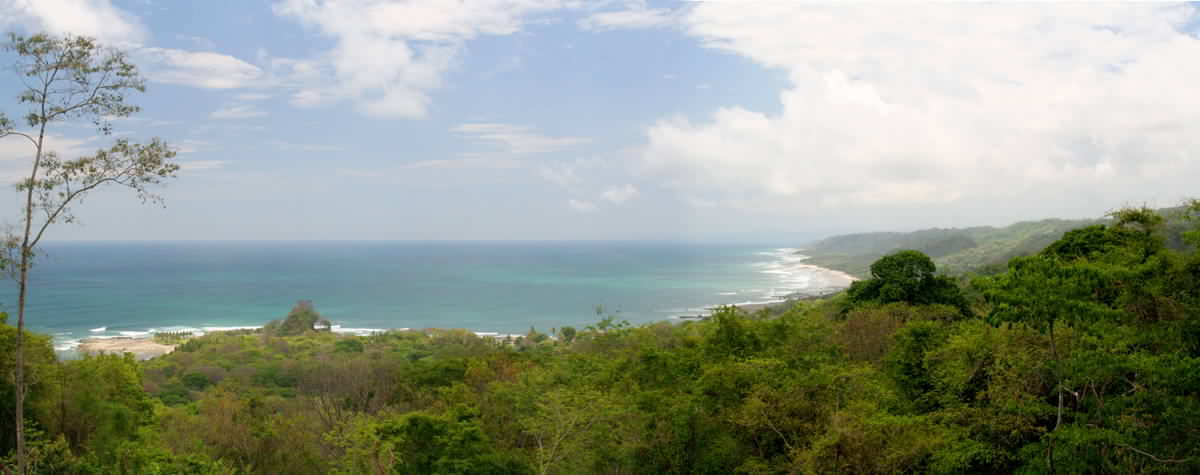
December 9, 2020
By Mac McComas, Senior Program Manager at 21CC, and Riya Rana, 21CC Intern and JHU Economics, Sociology, & International Studies ’20
Protected areas such as national parks and nature reserves have become fraught with controversy as they are generally assumed to impose large economic costs that exacerbate local poverty and limit industrial development. However, policymakers have also acknowledged that these protected areas can generate economic benefits through infrastructure development, tourism promotion, and ecosystem improvements. Recognizing this ongoing debate, Paul Ferraro, Bloomberg Distinguished Professor of Human Behavior and Public Policy at Johns Hopkins University, and co-authors provide empirical evidence in a 2015 PNAS paper that protected areas alleviated poverty in Costa Rica and Thailand. The findings of this report provide policy makers with evidence and methods to evaluate future conservation policy and illuminate potential solutions for achieving both environmental sustainability and poverty alleviation.
Debates on the efficacy and impacts of protected areas have persisted due to the lack of empirical data on direct socioeconomic outcomes. To address these concerns, Professor Ferraro and co-authors used national census data on household-level characteristics and tangible assets in order to obtain reliable measures of human welfare. The researchers identified appropriate comparison communities (unprotected areas) and matched them to communities with protected areas in order to control for potential extraneous variables and remove unobservable sources of bias. Finally, this novel research design gathered data from protected areas that have existed for 15 or more years prior to data collection in order to study the long-term systemic impacts of protected areas across both Costa Rica and Thailand.
The researchers found no evidence that protected areas exacerbate poverty in communities located nearby protected areas. In contrast, the results provide strong evidence that protected areas alleviate poverty. In Costa Rica, the authors found that around 10% of poverty reduction was attributable to protected areas, while in Thailand, this number was around 30%. The findings of this study highlight the possibilities for simultaneous progress toward biodiversity conservation and poverty reduction goals. While there is growing evidence that protected areas may reduce poverty, we need more research to understand and illuminate the underlying mechanisms by which these areas reduce poverty. Most importantly, this study must be replicated in nations other than Costa Rica and Thailand in order to understand how the socioeconomic impacts of conservation policy may vary across economies, environments, political systems, land governance regimes, and development indicators.
Climate change poses a wide variety of risks and uncertainties to cities and people living in poverty across the world. The maintenance and conservation of attractive green spaces can do a lot to improve the quality of life of all residents at both the national and urban level. At a time when government, business, and people are trying to find new ways to grow economies and reduce the impacts of climate change, this research paves the way for public-private collaboration that improves adaptation and empowers local communities.

